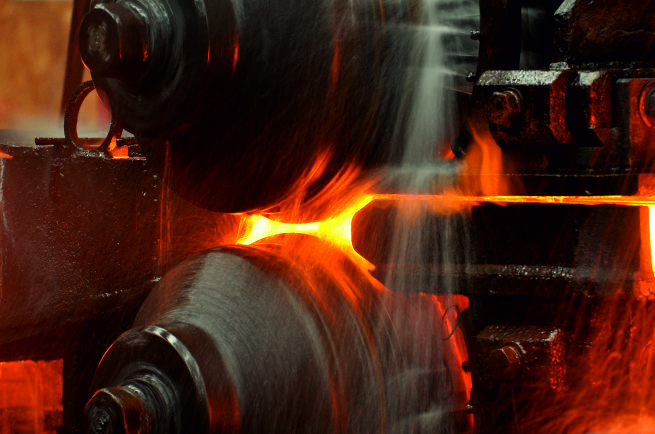Nickel Alloy Welding Process
一. Welding Method Selection
Due to the weldability characteristics of nickel and nickel alloys, the selection of welding processes is crucial for ensuring successful welding of nickel and nickel alloys. Production practice has demonstrated that various methods are available for welding these materials, depending on production conditions and structural performance requirements. These methods include: arc welding, submerged arc welding, TIG, MG, diffusion welding, resistance spot welding, seam welding, and butt welding. Plasma arc welding, electron beam welding, and brazing are also possible. However, tungsten inert gas (TIG) welding and arc welding are more commonly used in production.Nickel Alloy Welding Process
二. Welding Preparation
Before welding, the workpiece surface must be cleaned of grease, paint, oil stains, and other contaminants, including oxide films. Surface oxide films and stains can also form reducing oxides in the heated atmosphere. Fusion welding of nickel-based alloys has lower penetration than welding steel, resulting in a smaller molten pool and poor metal fluidity. From a welding performance perspective, it’s not advisable to use high heat input to increase penetration to prevent overheating of the weld material, excessive burnout of deoxidizing elements, and excessive agitation of the weld pool, leading to poor weld formation. To ensure full penetration, joints with large groove angles and small blunt edges should be selected.
三. Preheating and Post-weld Heat Treatment
Rolled nickel-base alloys generally do not require preheating. However, when the base metal temperature is below 15°C, a 250-300mm wide area on both sides of the joint should be heated to 15-20°C to prevent moisture condensation and weld porosity. The interpass temperature should be strictly controlled, generally below 100°C in production practice, to minimize overheating. Although stabilization treatment is sometimes used to prevent intergranular corrosion and stress corrosion during use, post-weld heat treatment is generally not recommended.
四. Tungsten Inert Gas Welding Process
Tungsten Inert Gas Welding is the most widely used welding method in nickel-base alloy production. It generally utilizes direct current positive polarity, high-frequency arc ignition, current decay, and delayed gas shutoff.
(1) Argon is used as a shielding gas and must be dry and of high purity. The back side should also be protected by argon.
(2) The tungsten electrode is usually a cerium tungsten electrode, which is ground into a sharp shape with a tip diameter of 0.4mm and an angle of 30-60 degrees to ensure arc stability and sufficient penetration. Care should be taken to avoid contact between the tungsten electrode and the molten pool, and the tip contamination must be ground off.
(3) The selection of welding wire is the key to determining the quality and performance of the welded joint. The welding wire used for TIG is mostly equivalent to the base material in composition.
(4) Process characteristics Short arc and fast welding should be adopted during welding. Slight swings can be made during operation, but the angles of the welding torch and the welding wire should be controlled. The interlayer temperature should be controlled during multi-layer welding and should not exceed 100℃. Pay attention to filling the arc crater. The line energy should be as small as possible while ensuring full penetration. The liquid metal in the nickel-based alloy welding pool has poor fluidity and shallow penetration. During welding, attention should be paid to observing the molten pool to prevent defects such as pores and incomplete penetration. Rapid cooling measures should be taken after welding.
五. Electromagnetic Arc Welding Process
To avoid overheating of the electrode and weld metal and reduce welding stress, a small-diameter electrode, low current, and short arc welding should be used. Due to the poor fluidity of the molten metal in the weld pool, to prevent defects such as incomplete fusion and porosity, the electrode should generally be swung appropriately during welding to deliver the molten metal to the proper position at the groove. Re-ignition of the joint should be performed using a reverse arc technique to prevent defects such as porosity.


